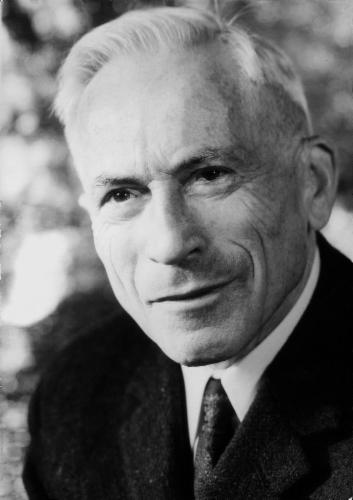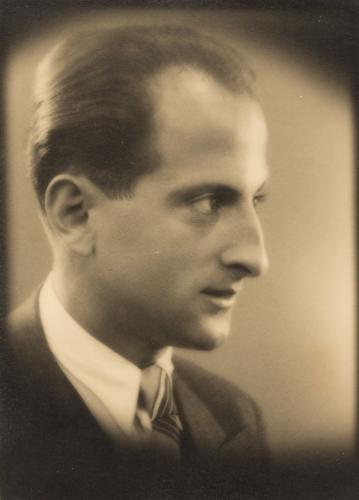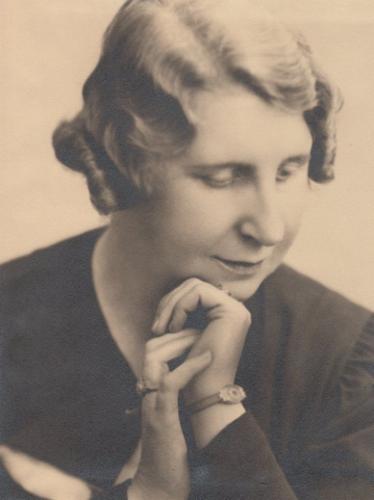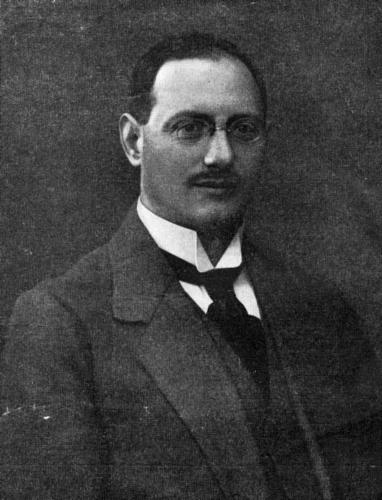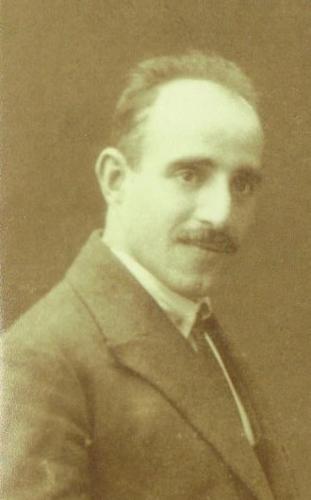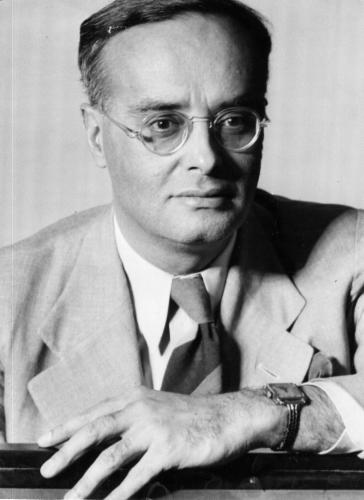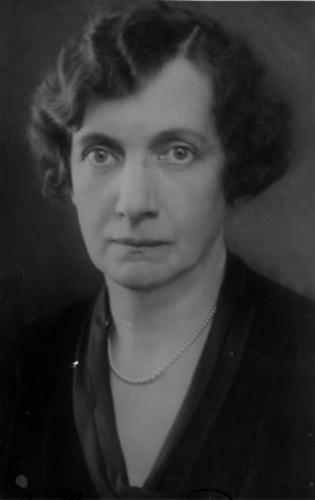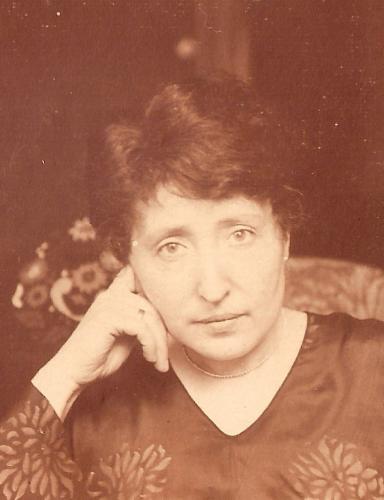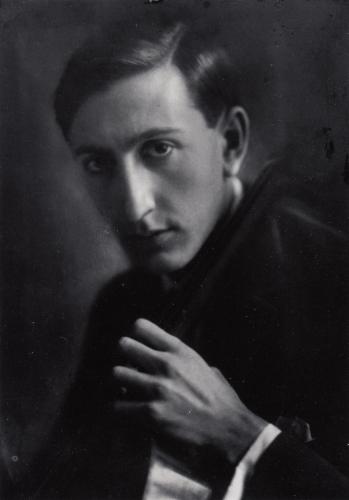featured composer
Johanna Bordewijk-Roepman (1892 - 1971)
Johanna Bordewijk-Roepman was a versatile composer. She wrote for piano, small ensembles, for large orchestra, choirs and even carillon. She largely taught herself composition and displayed an enormous originality. Her music cannot be categorized into any style or school. During World War II she was a supporter of the artists' resistance and courageously refused to register with the Kultuurkamer , imposed by the German occupiers to register, regulate and/or restrict the activities of … more

